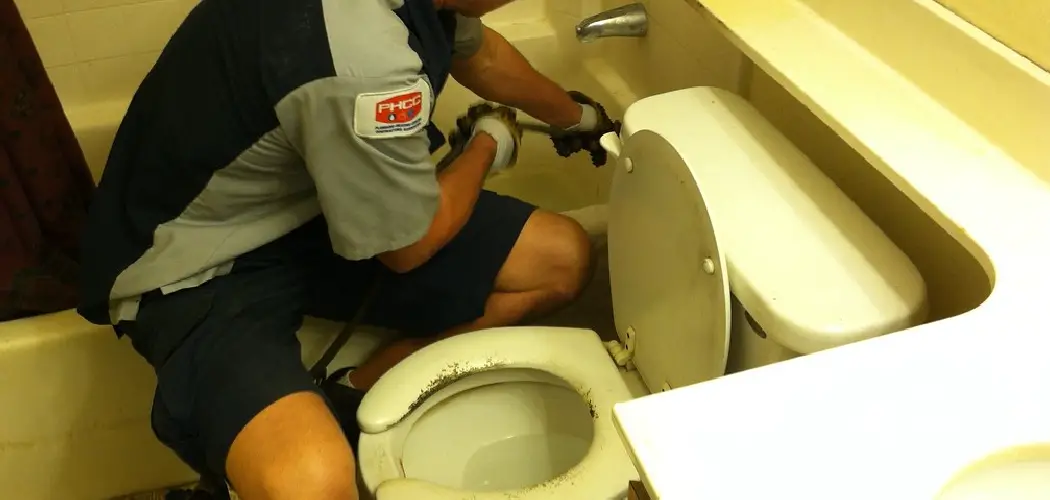Dealing with a clogged toilet can be a frustrating experience, especially when conventional methods seem to fail. This guide aims to provide you with effective strategies for how to unclog a toilet when nothing works, ensuring that you can restore functionality in your bathroom quickly and efficiently.
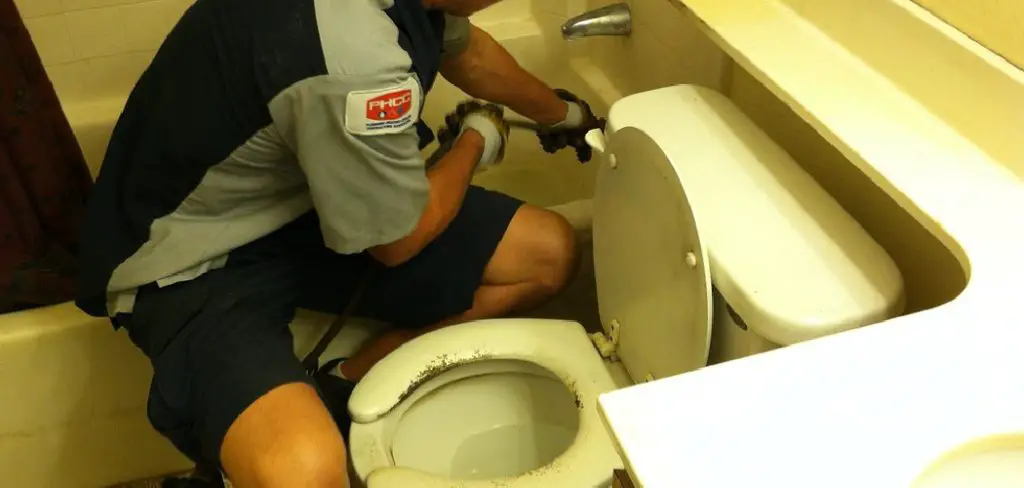
Whether it’s a simple blockage or a more stubborn issue, understanding the causes and employing the right techniques can help you tackle the problem with confidence. Let’s explore various solutions that will have your toilet working as it should in no time.
Importance of Resolving Toilet Clogs Quickly
Addressing toilet clogs promptly is crucial for maintaining hygiene and comfort in your home. A clogged toilet can lead to unpleasant odours and unsanitary conditions, potentially resulting in health hazards for you and your family. Additionally, delays in fixing the issue can escalate the problem, causing potential damage to plumbing systems and leading to costly repairs.
By tackling clogs quickly, you not only restore the functionality of your toilet but also prevent the inconvenience and disruption that can arise from prolonged plumbing issues. Ultimately, swift action ensures a clean and safe bathroom environment.
Common Causes of Severe Clogs
Understanding the root causes of severe toilet clogs can help you prevent future issues and manage current blockages more effectively. One of the most frequent culprits is an excess of toilet paper; while toilets are designed to handle some paper, using too much at once can lead to a buildup that creates a blockage.
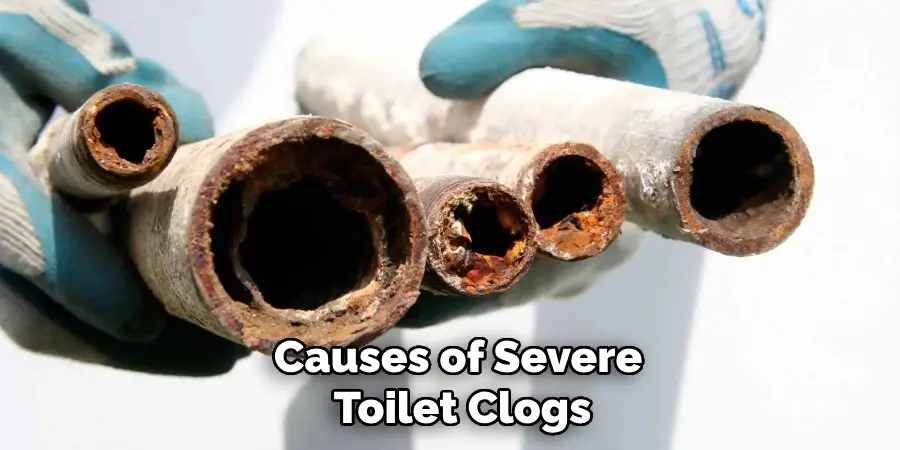
Another common cause is the flushing of non-flushable items, such as feminine hygiene products, wipes, or paper towels, which do not break down in water and can easily clog pipes. Additionally, the accumulation of mineral deposits from hard water can create narrow passages in the plumbing, making it easier for other materials to become stuck.
Lastly, tree roots infiltrating underground plumbing can create severe obstructions, reinforcing the importance of regular plumbing maintenance and inspection. Being aware of these causes enables homeowners to adopt better practices and mitigate the risk of severe clogs in the future.
10 Methods How to Unclog a Toilet when Nothing Works
1. Use a Plumbing Snake (Drain Auger)
If plunging and other basic methods haven’t worked, a plumbing snake, also known as a drain auger, can be a powerful tool for unclogging a toilet. A plumbing snake is a flexible metal coil that you feed into the toilet drain to reach deeper blockages. To use it, carefully push the snake into the toilet bowl until you meet resistance. This indicates you’ve reached the clog. Rotate the handle to break up or grab the obstruction, then pull it out or flush the debris through the pipes.
This tool is particularly useful for clogs caused by objects stuck further down the drain, such as toys or wipes, and can reach places a plunger cannot.
2. Try a Toilet-Specific Auger
If a regular plumbing snake doesn’t work, consider using a toilet-specific auger, which is designed to navigate the unique bends of a toilet drain. The toilet auger has a plastic or rubber coating to protect the porcelain from scratches, and its flexible design makes it easier to maneuver through the toilet trap.
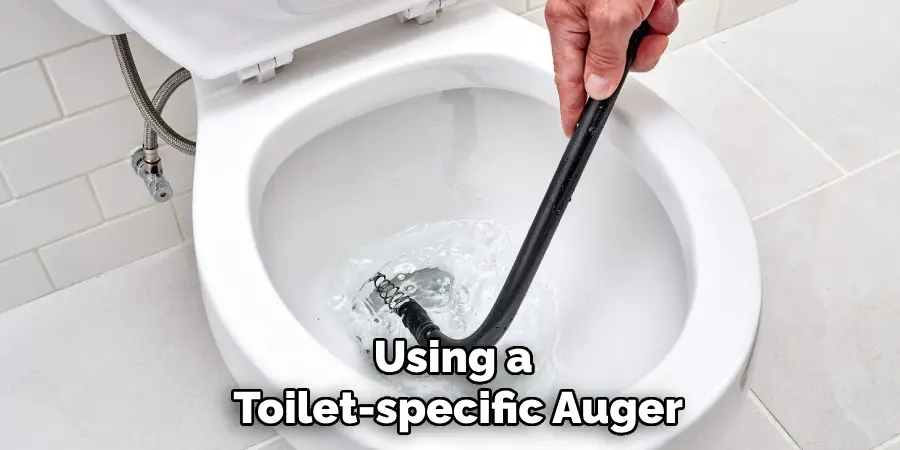
To use it, insert the auger into the toilet and crank the handle, allowing the auger to snake its way through the pipes. The auger can either break up the clog or pull it back out when you retract the cable. It’s a more precise tool that’s often effective in reaching clogs stuck deep in the toilet’s curved trap.
3. Pour Hot Water and Dish Soap
When plunging doesn’t work, sometimes the clog can be softened with the right solution. One simple method involves pouring a generous amount of dish soap into the toilet bowl, followed by hot (but not boiling) water. The dish soap helps lubricate the pipes, allowing the clog to break up and slide down more easily, while the hot water helps soften and dissolve debris.
Allow the mixture to sit for 10 to 15 minutes before trying to flush the toilet again. This method is particularly effective for clogs caused by organic matter, such as toilet paper or waste.
4. Use a Wet/Dry Vacuum
If you have a wet/dry vacuum, this can be an excellent tool for removing stubborn clogs. First, make sure to set the vacuum to wet mode and remove any excess water from the toilet bowl by vacuuming it out. Then, place the hose directly into the toilet drain, creating a seal with towels or rags around the hose to prevent air from escaping.
Turn the vacuum on, and it should either pull the blockage back out or dislodge it so that it can be flushed away. This method works particularly well for larger, solid objects like toys or other foreign materials that may have accidentally been flushed.
5. Use a Commercial Drain Cleaner
If physical methods like plunging and snaking don’t work, a chemical drain cleaner might help. However, it’s important to use a drain cleaner designed specifically for toilets to avoid damaging your pipes or septic system. Commercial drain cleaners contain chemicals that break down organic matter and can be particularly effective on clogs caused by excess toilet paper or other biodegradable materials.
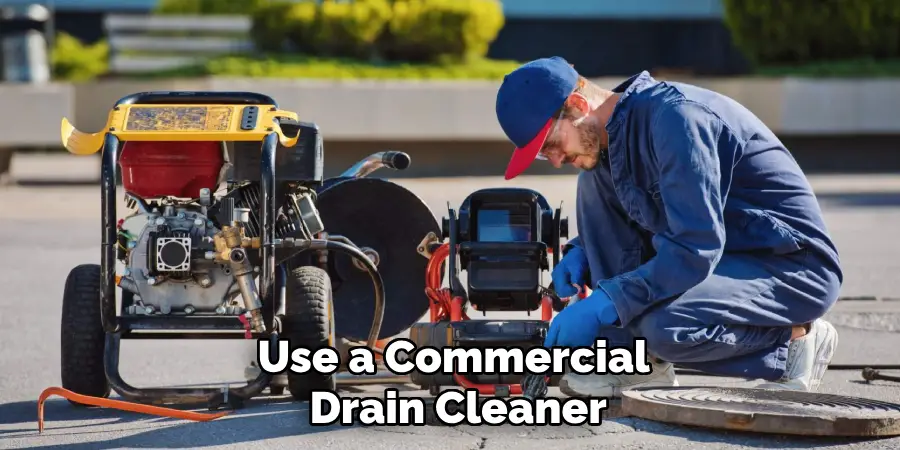
Pour the recommended amount of drain cleaner into the toilet and allow it to sit for the specified time, usually around 30 minutes to an hour. Follow the instructions carefully and ensure good ventilation when using these products, as they can release harmful fumes.
6. Use Baking Soda and Vinegar
A natural alternative to chemical drain cleaners is the baking soda and vinegar method. This combination creates a chemical reaction that can help break down clogs. First, pour a cup of baking soda into the toilet bowl, followed by a cup of white vinegar. The mixture will fizz and bubble as it works on the clog.
Let the solution sit for 30 minutes to an hour, then flush with hot water. This method is safe for your pipes and can be effective for clogs caused by organic materials like toilet paper, hair, or waste.
7. Try a Toilet Plunger with Extra Force
While you may have already tried plunging, sometimes using the right technique or an upgraded plunger can make a difference. A flange plunger, which has an extended rubber flap that fits into the toilet drain, creates a better seal than a standard cup plunger. This better seal allows for greater suction and pressure, which can be critical for breaking up tough clogs.
Ensure that the plunger is fully submerged in water, then use slow, firm plunges to create pressure. Gradually increase the force until the clog is dislodged. Be patient, as it may take several minutes of consistent plunging to clear a stubborn blockage.
8. Use an Enzyme-Based Cleaner
For organic clogs caused by waste or toilet paper, an enzyme-based cleaner can be a safe and effective solution. These cleaners contain natural enzymes that break down organic materials, making them easier to flush through the pipes. Enzyme-based cleaners are also safe for septic systems, unlike some harsh chemical drain cleaners.
To use this method, pour the enzyme cleaner into the toilet bowl and let it sit for several hours, or even overnight, to allow the enzymes to work. This method is slower but can be very effective for clogs that are not caused by foreign objects.
9. Remove the Toilet
In extreme cases where no other method works, you may need to physically remove the toilet to access the clog. This is typically a last resort, as it involves unbolting the toilet from the floor and lifting it off the drain. Once the toilet is removed, you can manually clear the clog from the pipe using a snake or another tool.
Before attempting this, ensure the water supply is turned off and the toilet is completely drained to avoid a mess. While this method is labor-intensive, it guarantees access to any deep blockages that cannot be reached through the toilet itself.
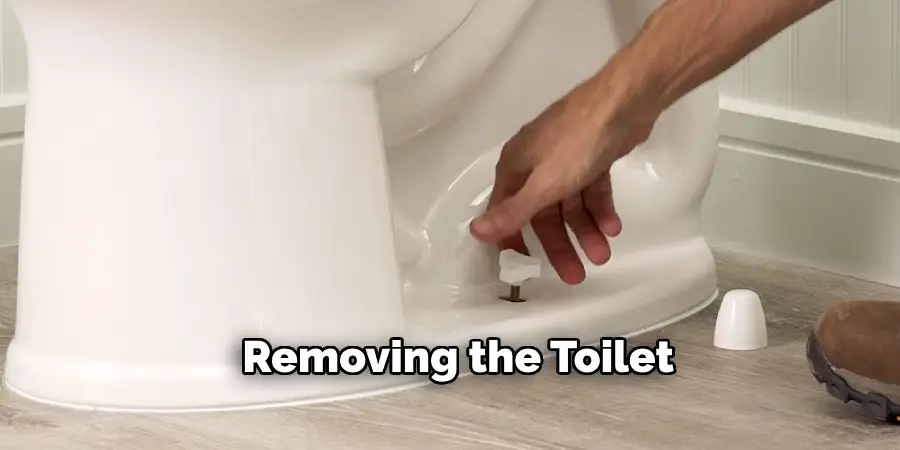
10. Call a Professional Plumber
If all else fails, the most reliable solution is to call a professional plumber. Plumbers have specialized tools like high-powered augers, hydro-jetting machines, and camera systems that can diagnose and clear even the toughest clogs. They can also identify if the issue is more serious, such as a problem with the sewer line or septic system, which may require additional repairs.
While hiring a plumber may be an added expense, it’s often the quickest and safest way to resolve a persistent clog when nothing else works.
Conclusion
Unclogging a toilet can be challenging, especially when standard methods fail. However, with the right tools and techniques, it’s possible to tackle even the most stubborn clogs. From using a plumbing snake or auger to leveraging household items like hot water, dish soap, or baking soda and vinegar, there are numerous approaches to try before giving up.
In more serious cases, methods like using a wet/dry vacuum or removing the toilet may be necessary. Thanks for reading, and we hope this has given you some inspiration on how to unclog a toilet when nothing works!

